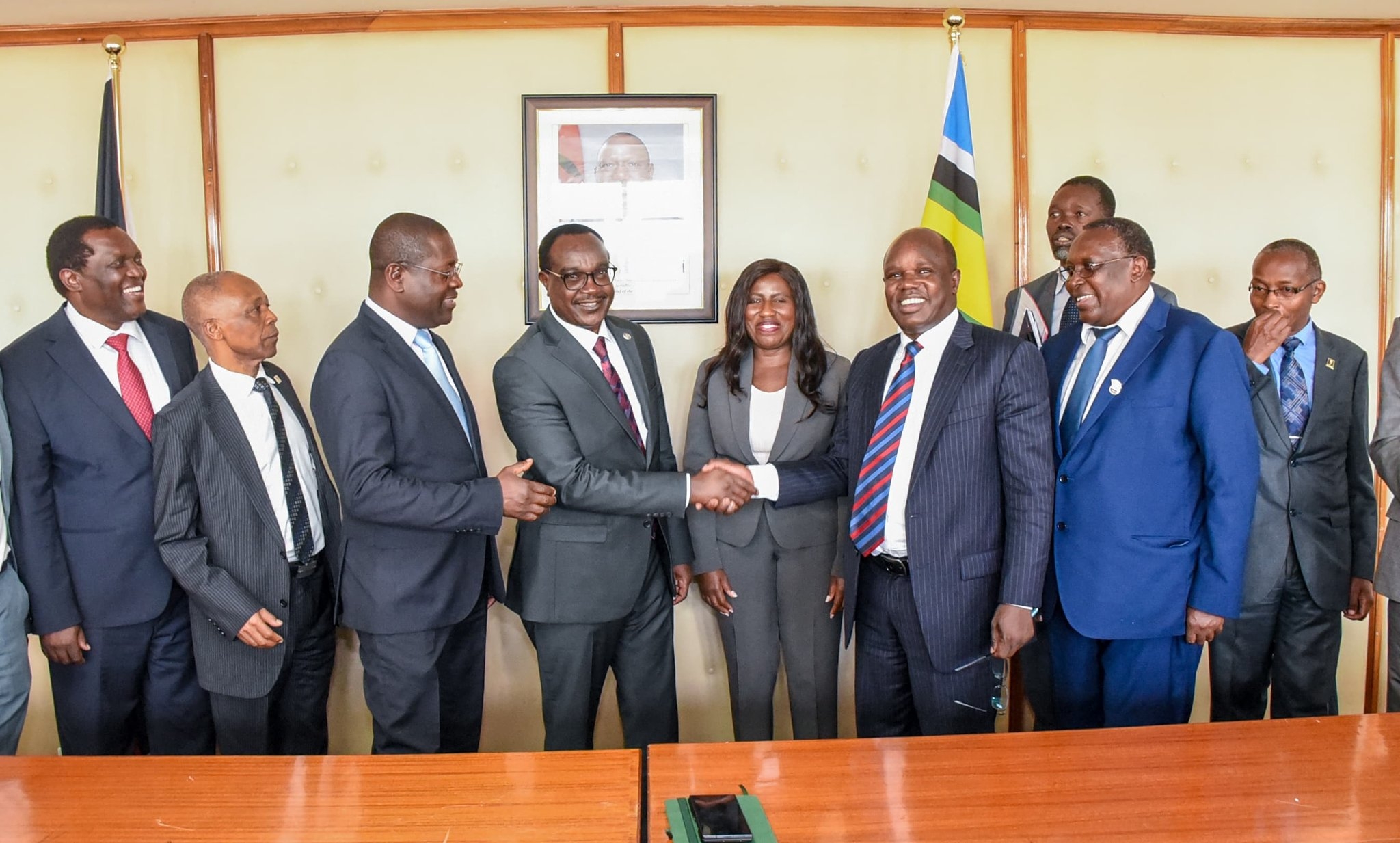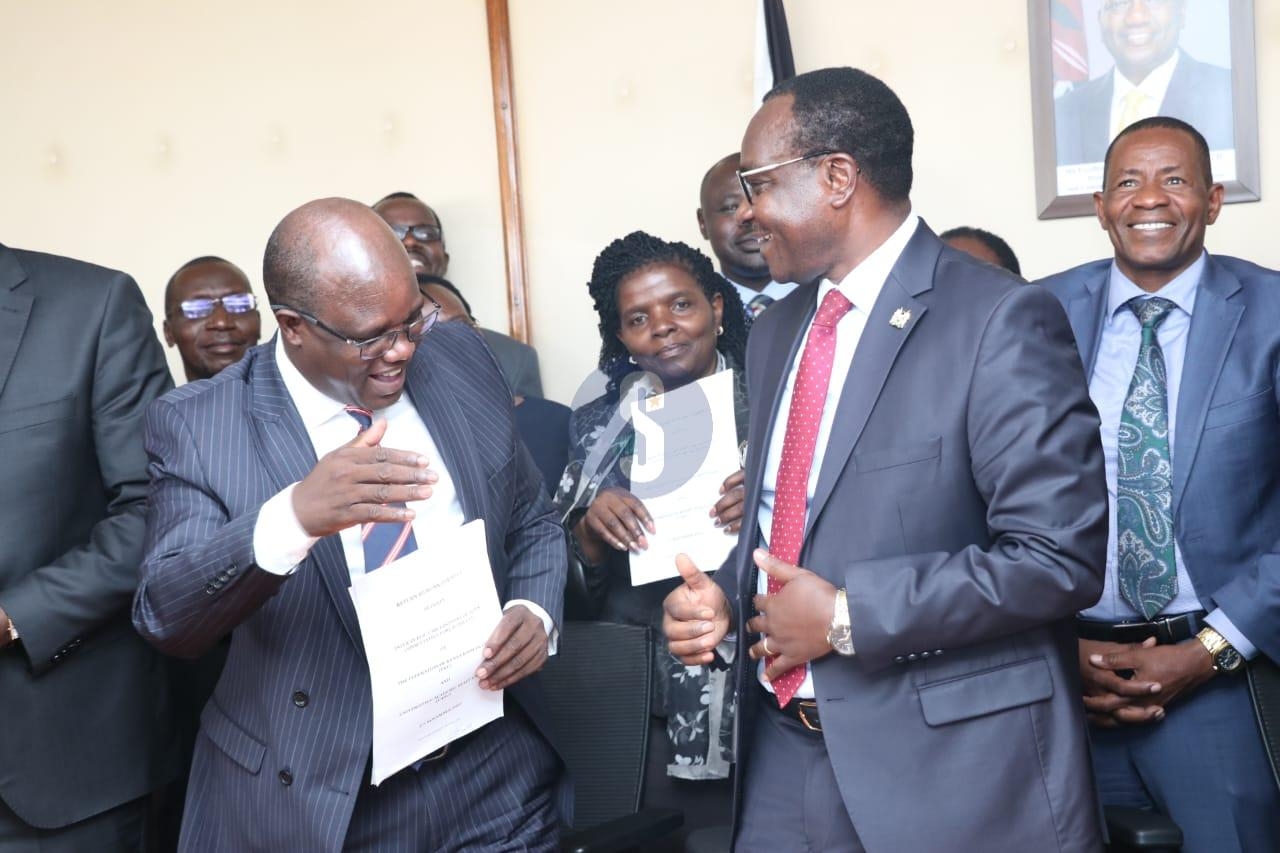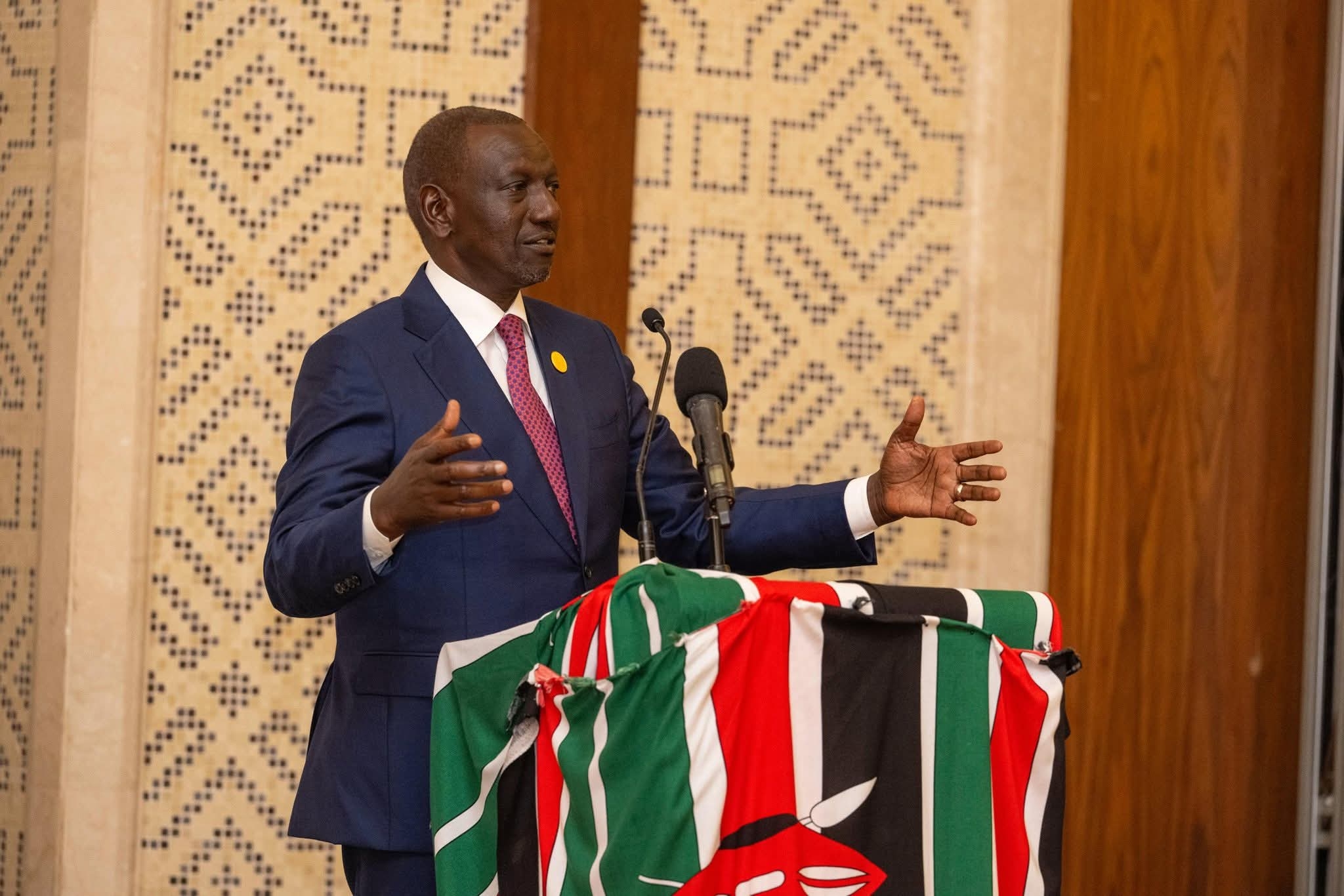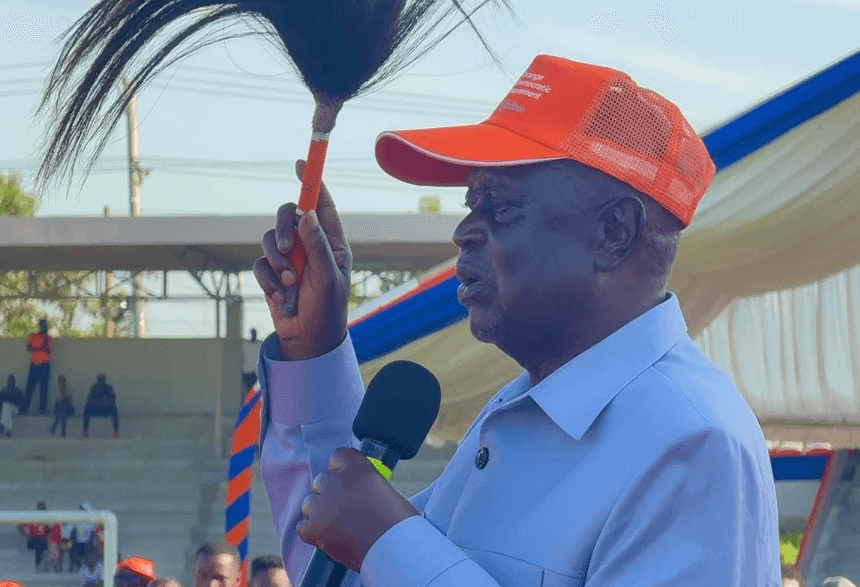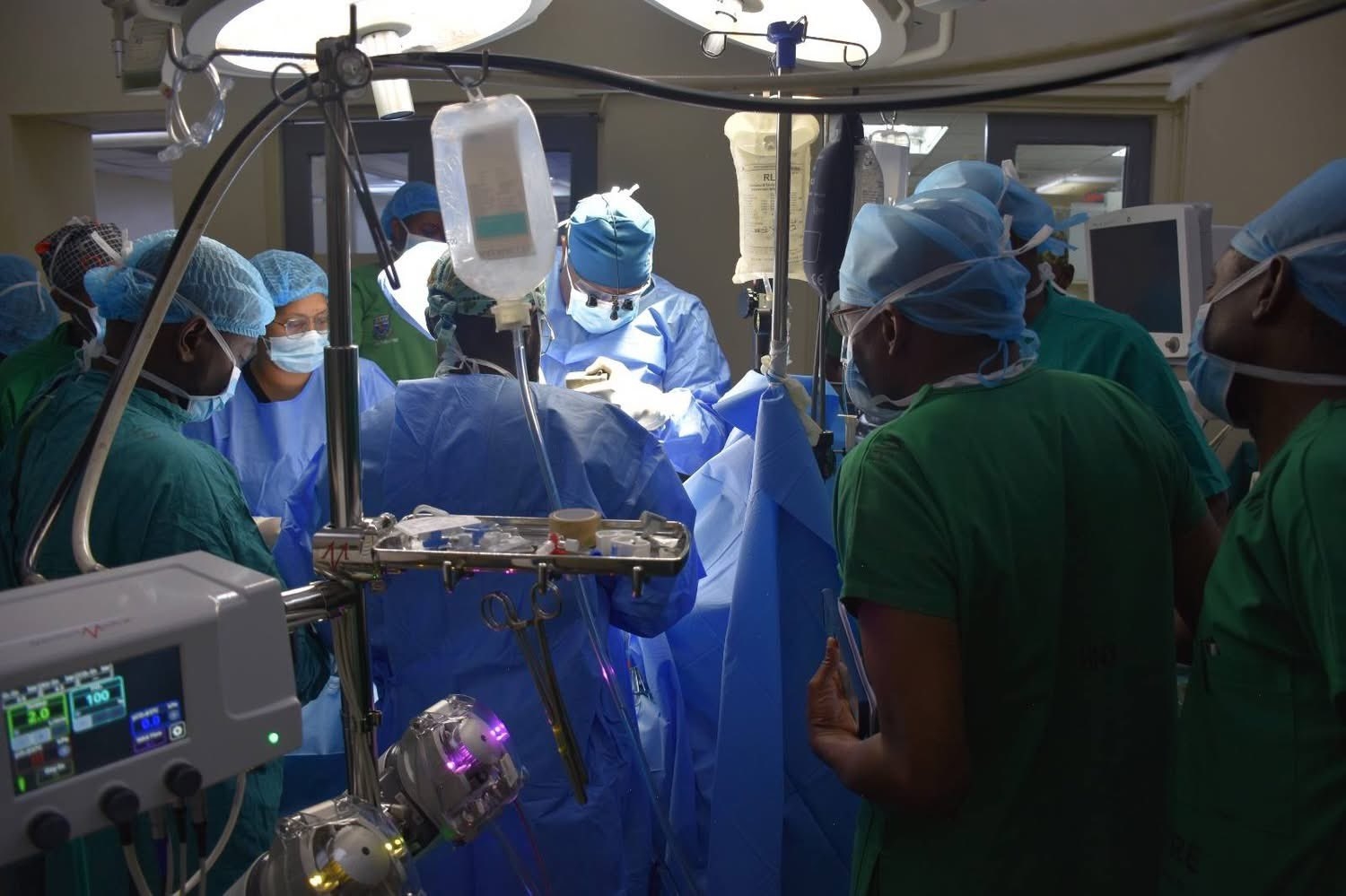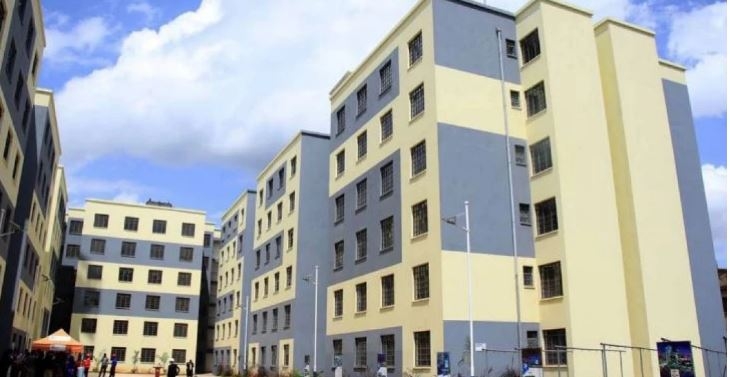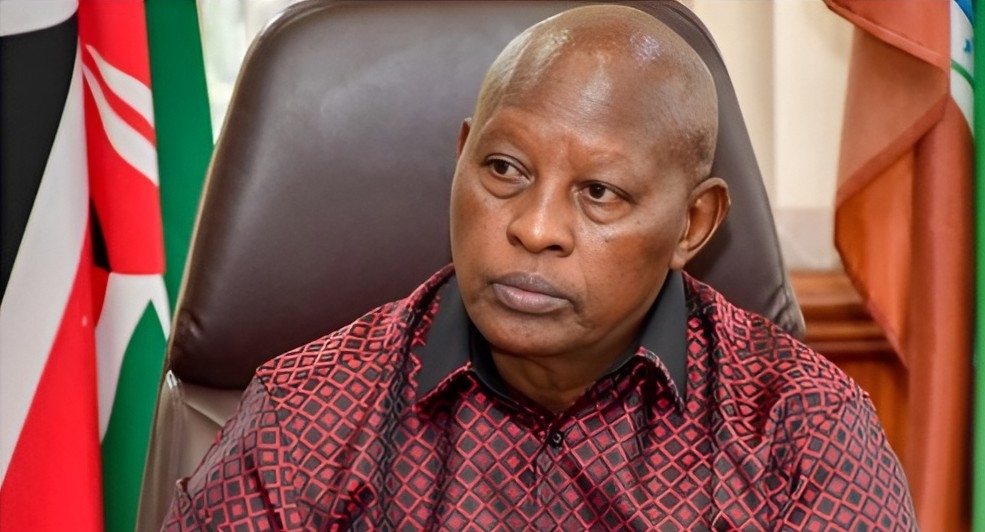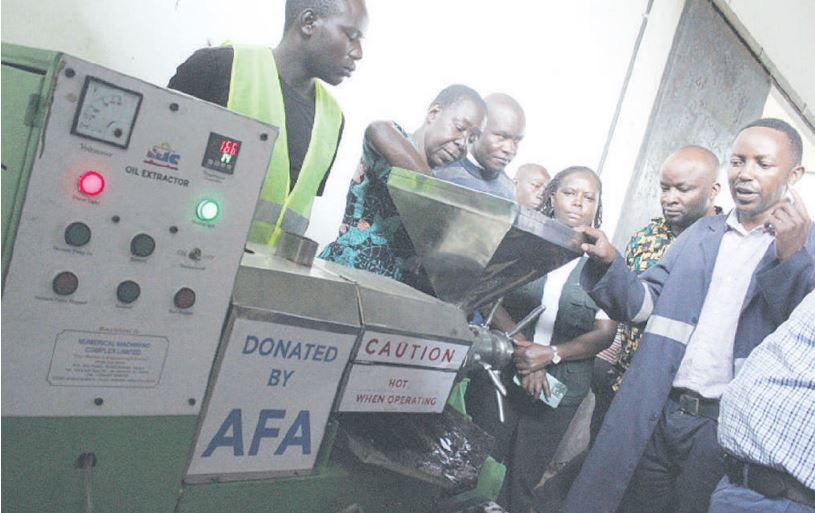
The Sh500,000 plant is part of the government’s efforts to promote value addition and revitalise cotton farming.
The machine is expected to transform cotton farming by processing cotton seeds into cotton oil and seed cake, boosting income for farmers and creating employment opportunities.
AFA director general Bruno Linyiru said it will significantly improve the price of seed cotton due to diversification of output products.
He said introduction of value-added activities will see an estimated eight to 11 per cent increase in price of seed cotton.
“This is because we will now derive three products from the cotton – lint, oil and seed cake –all of which have their specific markets in textile mills, animal feed manufacturers and paint industries, respectively,” Linyiru said.
“We are working with local institutions in the design and production of this machine, which means spare parts will be available locally and at affordable prices,” he said.
He said the locally manufactured machine, with a milling capacity of 80 kg per hour, can also process other oil crops such as sunflower.
The director said the authority is keen on reducing the country’s reliance on imported lint and seed cake by scaling up local production.
AFA targets to expand cotton production from 40,000 acres last year to 160,000 acres by 2027, while increasing productivity from 153 kg per acre to 900 kg per acre.
He also highlighted the government’s ongoing efforts to support cotton farmers through provision of quality seeds and pesticides.
“In 2025 alone, the government supplied 1,000 tonnes of open pollinated varieties (OPV) and BT cotton seeds. Busia county received 125 tonnes of OPV seeds and 750kg of BT seeds,” Linyiru said.
To further support revival of the sector, Linyiru said the government will replace outdated ginning equipment and continue supplying high-yield seeds and appropriate pesticides.
Funyula MP Wilberforce Mudenyo urged residents to embrace cotton farming and take advantage of the new equipment to enhance production.
He said there is need to attract young people into cotton farming to ensure sustainability.
“Cotton farming in Busia is still dominated by older farmers. We need to involve the youth. There is employment, profit and economic growth in this sector,” Mudenyo said.
He also called for diversification in the textile industry by exploring alternative raw materials such as silk and sisal.
“Let us broaden our approach in the textile value chain to improve livelihoods across the county,” Mudenyo said.
Chief officer for Agriculture Elijah Mwaro said there is a steady increase in cotton farming across the region.
“Our farmer profiling shows 142,000 households are engaged in farming, and 85 per cent of Busia land is arable. With continued investment, cotton can become one of our key income drivers,” he said.
Mwaro said the new equipment will be piloted at the Muluanda ginnery, with hopes its success will spur further investment in the sector and make Busia a regional hub for cotton processing.


